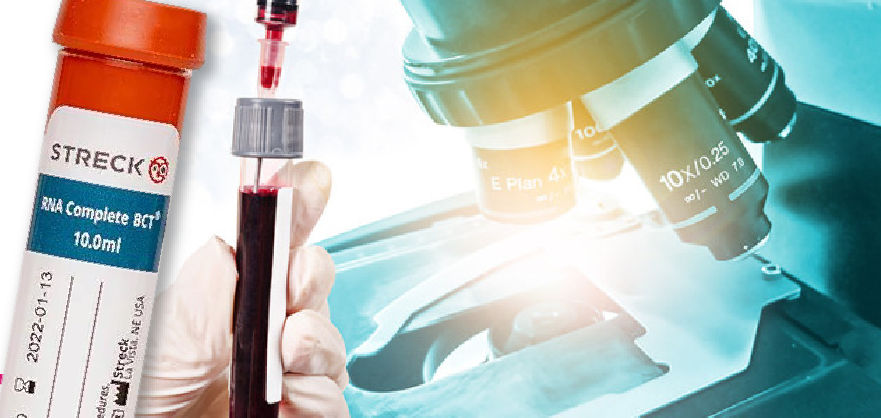Malignant melanoma is sometimes difficult to distinguish from benign nevus, and ancillary confirmatory studies would be of value in selected cases. To accurately differentiate melanoma from benign nevus, the utility of chromosomal anomalies was investigated in skin biopsy specimens using multitargeted fluorescence in-situ hybridization (FISH). Skin biopsy specimens were retrospectively collected from 63 patients diagnosed with benign compound nevus (n =32) or malignant melanoma (n= 31); each diagnosis was independently confirmed before study by a second dermatopathologist. Unstained tissue sections were hybridized for 30 min using fluorescence-labeled oligo-DNA probes for chromosomes 6, 7, 11, and 20. Numeric chromosomal anomalies were found in 0% (0 of 32) of normal epidermis, 6% (two of 32) of compound nevi, and 94% (29 of 31) of melanomas (nevus vs. melanoma, P< 0.0001). The mean number of cells with chromosomal changes was 23 in melanoma specimens, significantly higher than that in compound nevi (P < 0.0001). The most frequent chromosomal anomaly in melanoma was gain of chromosome 11, followed consecutively by gains of chromosomes 7, 20, and 6. Chromosomal anomalies detected by FISH had an overall sensitivity of 94% and specificity of 94% in the separation of nevus and melanoma. Unlike other traditional FISH probes, oligo-DNA probes required shorter hybridization time, allowing faster diagnostic evaluation.


